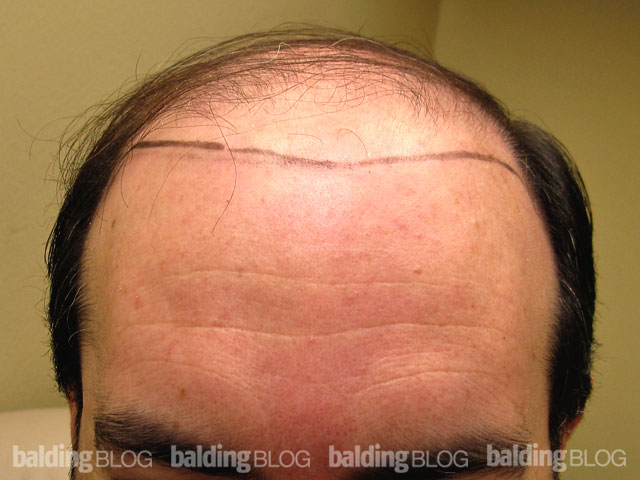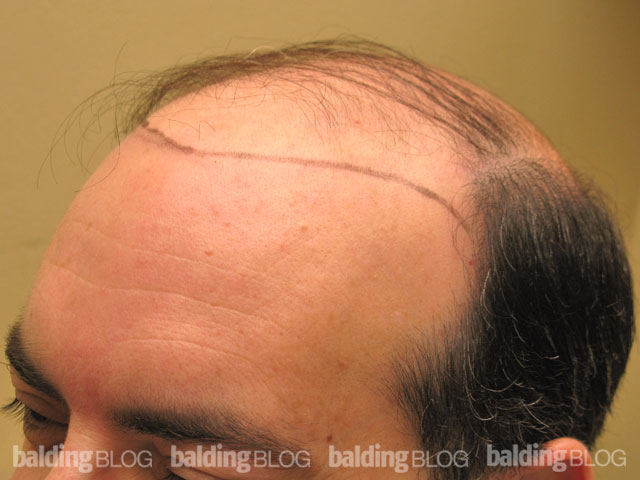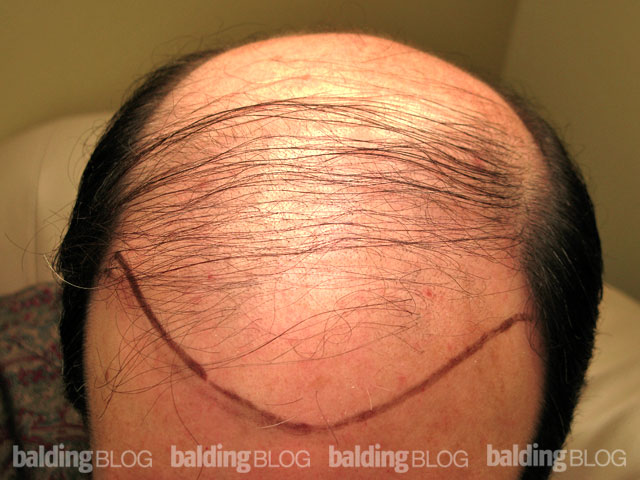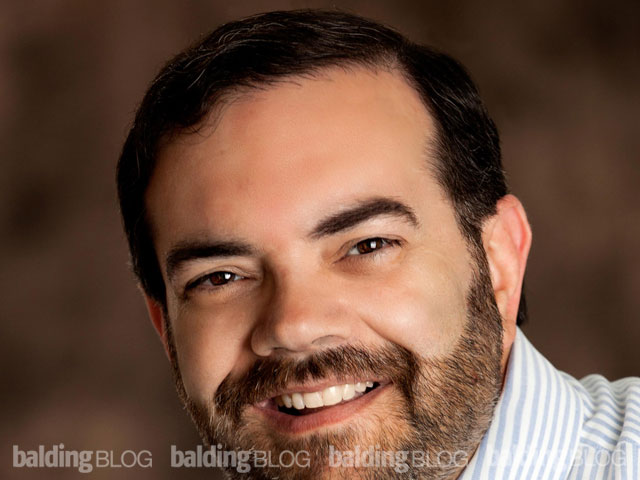Note: Article Warns of Variations in the Quality of These Drugs on the Market
Pharmacogenetic analysis of human steroid 5 alpha reductase type II: comparison of finasteride and dutasteride
Human steroid 5 alpha-reductase type II is a prostate-specific, membrane-associated enzyme that catalyzes the conversion of testosterone to dihydrotestosterone, the most potent androgen in the prostate gland. Genetic variants of this enzyme have been associated with both the development and the progression of prostate cancer. Both finasteride and dutasteride are competitive inhibitors of the type II steroid 5 alpha-reductase that have been effectively used for the treatment of benign prostatic hyperplasia. Finasteride has also been successfully utilized for prostate cancer chemoprevention. We here investigate 5 alpha-reductase inhibition assays in vitro to measure the effect of incubation time on the apparent inhibition constant (Ki) for both constitutional and somatic (prostate cancer) enzyme variants. Our systematic pharmacogenetic analysis shows that both finasteride and dutasteride are slow, time-dependent inhibitors of steroid 5 alpha-reductase type II, and that the inhibition kinetics depend on the 5 alpha-reductase genotype. We also show that, overall, dutasteride is a more efficient steroid 5 alpha-reductase inhibitor than finasteride. Based on our data, we are able to map areas of the enzyme that are responsible for this time-dependent inhibition for either (or both) enzyme inhibitor(s). This comprehensive pharmacogenetic analysis of steroid 5 alpha-reductase variants unveiled significant pharmacogenetic variation for both finasteride and dutasteride and thus should be taken into account when designing protocols for treatment and/or chemoprevention of prostatic diseases with either one of these 5 alpha-reductase inhibitors since there is considerable pharmacogenetic variation for both drugs.
2020-02-20 04:00:362020-02-22 12:20:03Comparison Between Finasteride and Dutasteride












